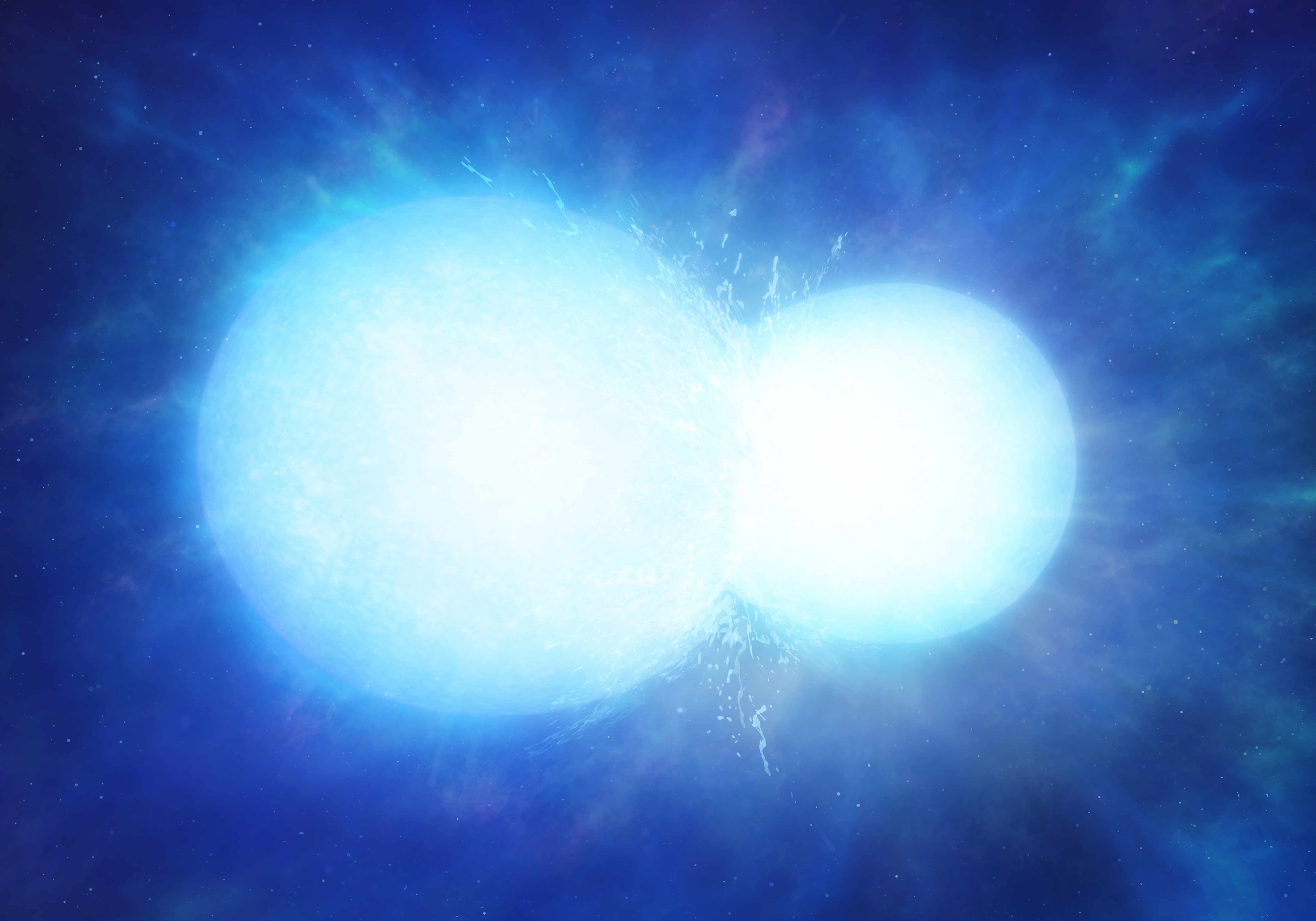
Charles Q. Choi
Charles Q. Choi is a contributing writer for Space.com and Live Science. He covers all things human origins and astronomy as well as physics, animals and general science topics. Charles has a Master of Arts degree from the University of Missouri-Columbia, School of Journalism and a Bachelor of Arts degree from the University of South Florida. Charles has visited every continent on Earth, drinking rancid yak butter tea in Lhasa, snorkeling with sea lions in the Galapagos and even climbing an iceberg in Antarctica. Visit him at http://www.sciwriter.us
Latest articles by Charles Q. Choi
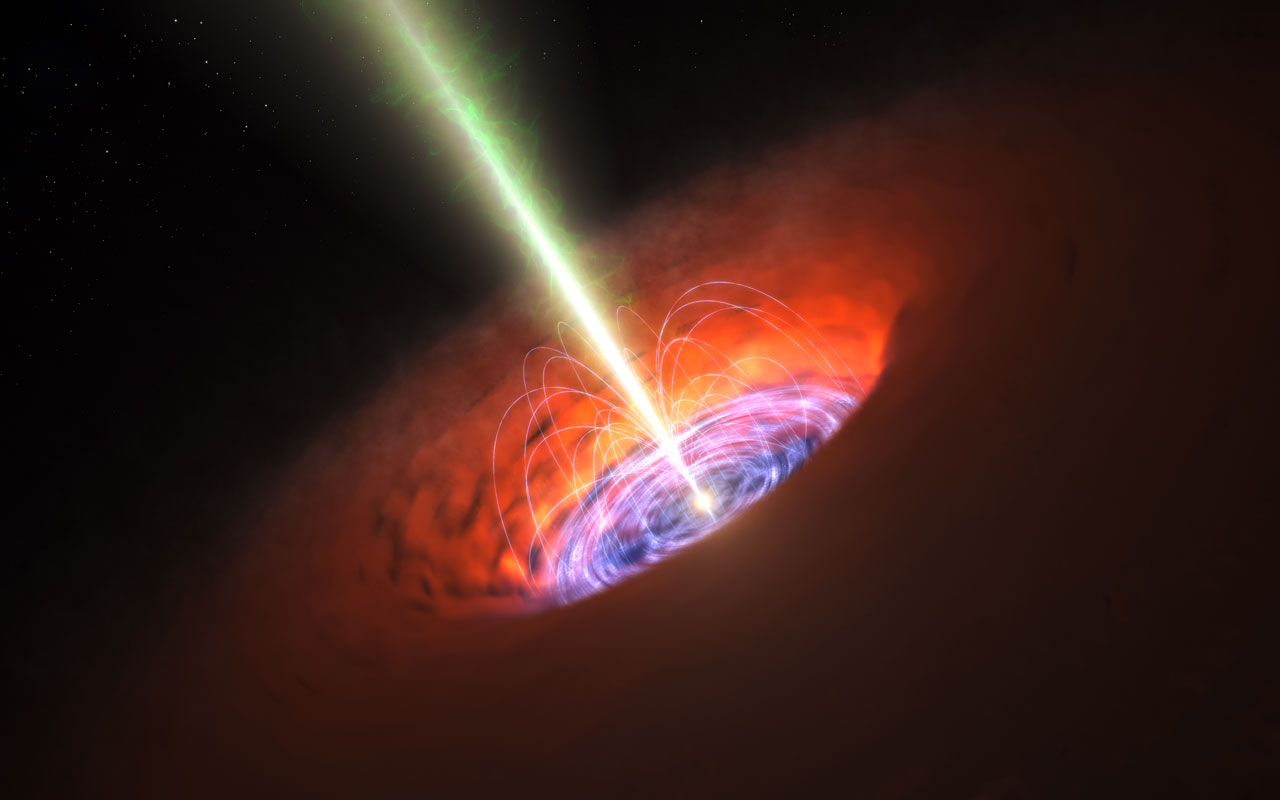
'Stupendously large' black holes could grow to truly monstrous sizes
By Charles Q. Choi published
A team of scientists now suggests black holes could reach what they call "stupendously large" sizes, each harboring the mass of 100 billion suns or more.
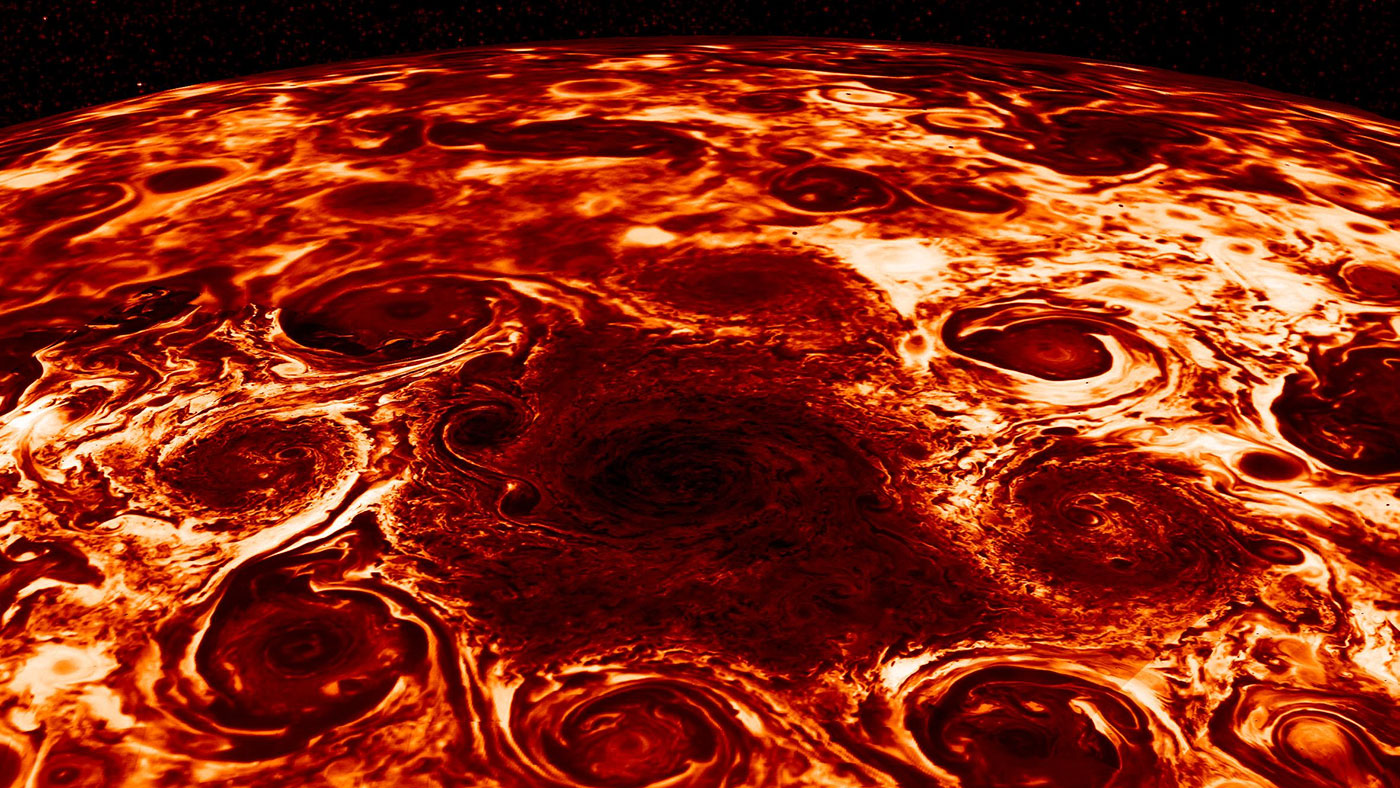
Mystery of Jupiter's persistent geometric storms may be solved
By Charles Q. Choi published
The mystery of how giant cyclones stay together in geometric patterns around the poles of Jupiter may now be solved, but new questions have emerged as to how these clusters formed in the first place.
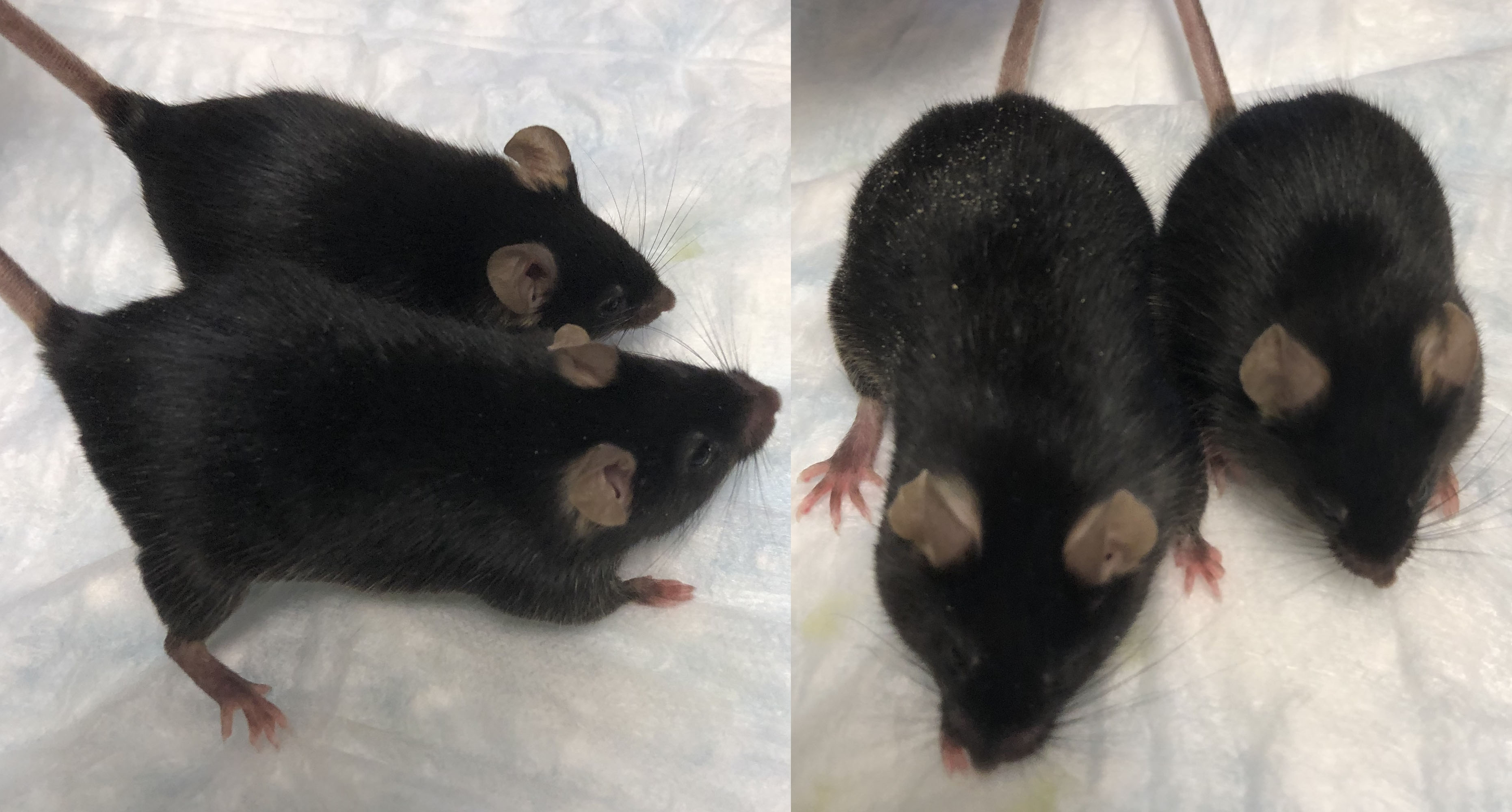
Buff space mice could stop astronauts from losing bone and muscle mass
By Charles Q. Choi published
Astronauts lose bone and muscle mass on long-duration missions, but a new treatment administered to mice in space could prevent that from happening, a new study finds.

Want to find life on Venus? Check for spores in the atmosphere, new research suggests.
By Charles Q. Choi last updated
In the depths of Venus' hellish atmosphere, a layer of mysterious haze could be home to life, a new study finds.

Could carbon-foam probes bring interstellar flight within reach?
By Charles Q. Choi published
Spacecraft made of carbon-foam bubbles could zoom from Earth to Alpha Centauri in 185 years, driven solely by the power of the sun, a new study finds.
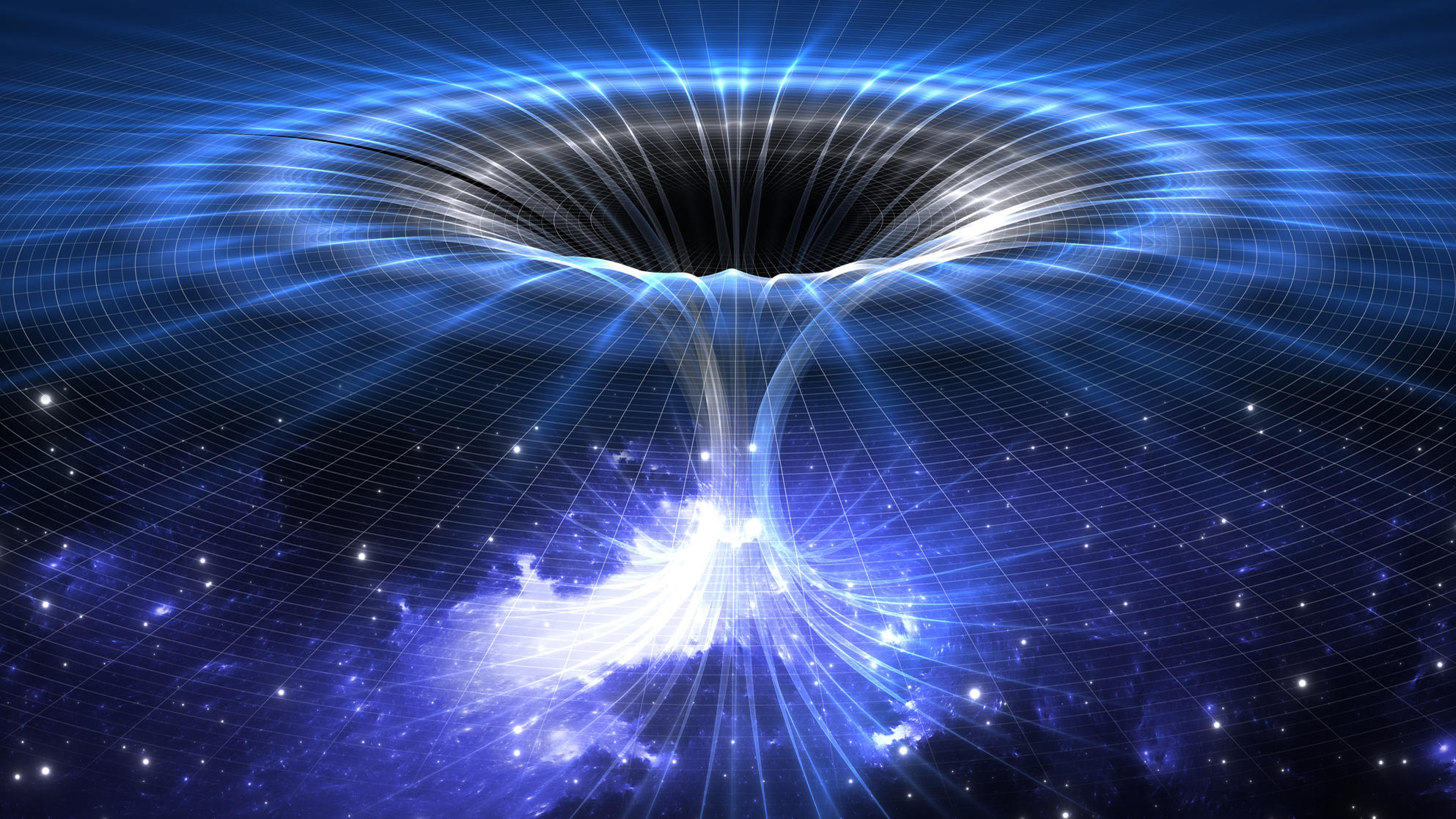
What happens if black holes fall into wormholes? A new way to find out.
By Charles Q. Choi published
Astronomers might detect black holes falling into wormholes via ripples in space and time called gravitational waves, a new study finds.

Extragalactic planets? Gravitational waves could help us find them.
By Charles Q. Choi published
Scientists may one day detect alien planets outside the Milky Way using the ripples in space and time known as gravitational waves, a new study finds.

We could one day predict the most dangerous solar flares 24 hours in advance, study suggests
By Charles Q. Choi published
Scientists may one day be able to predict dangerous solar flares just one day in advance using a new solar outburst model, a new study finds.
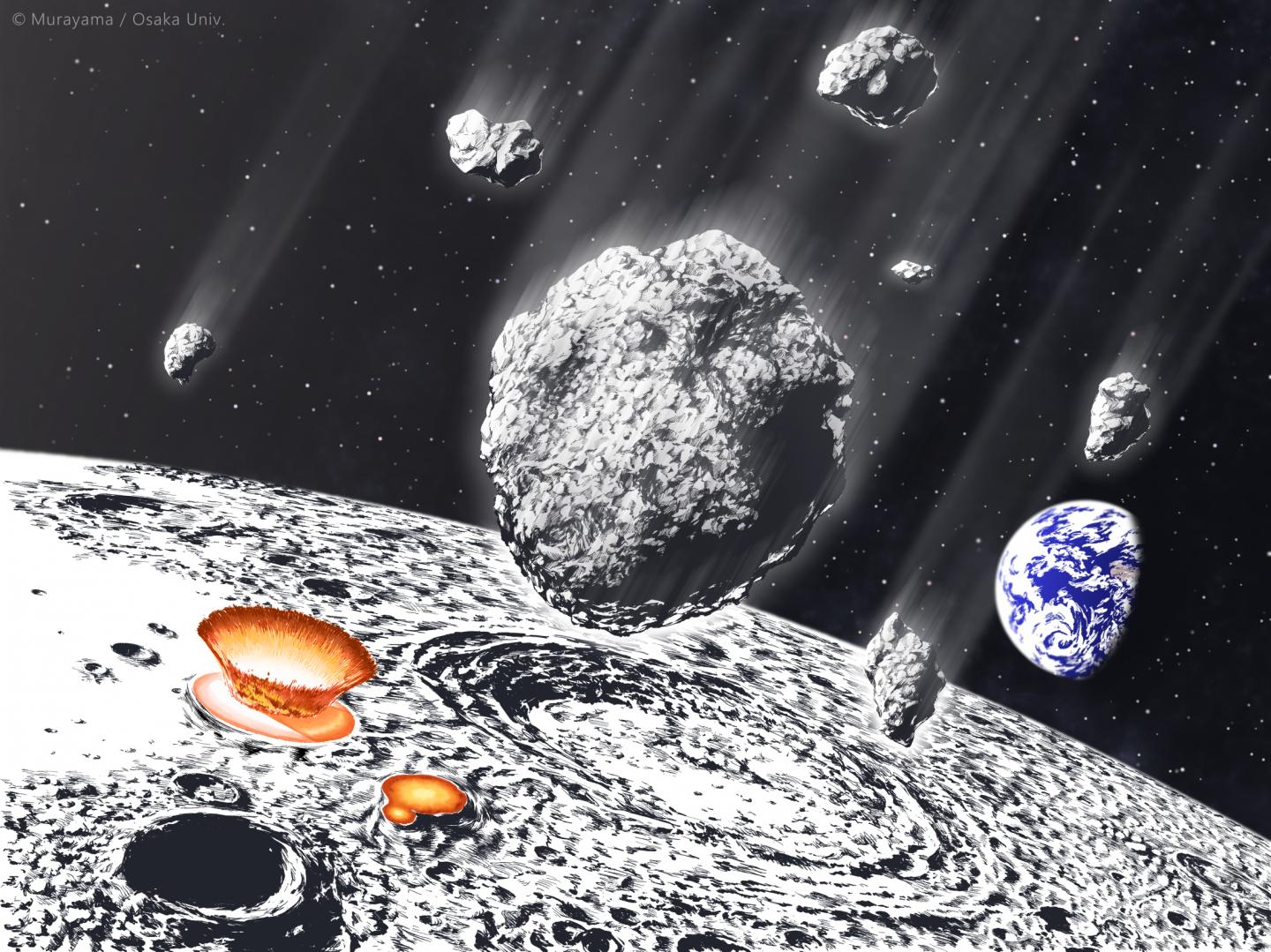
Asteroid shower rained space rocks on Earth and the moon 800 million years ago
By Charles Q. Choi published
An asteroid shower thought to have struck the moon and Earth 800 million years ago may have helped trigger Earth's greatest ice ages, a new study finds.

'Partial supernova' blasts white dwarf star across the Milky Way
By Charles Q. Choi published
A strange white dwarf star hurtling through the Milky Way may be the survivor of a "partial supernova," a new study finds.
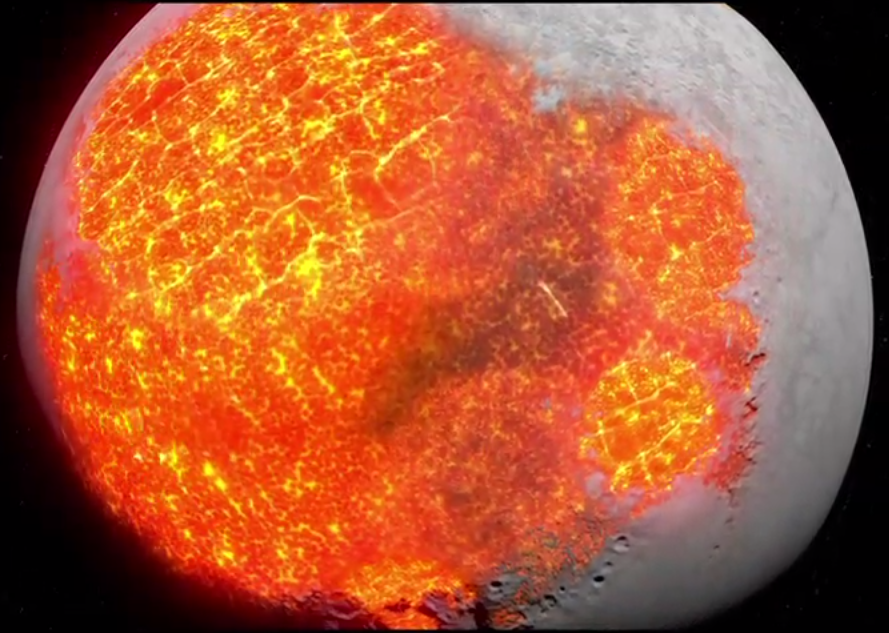
Earth's moon had a magma ocean for 200 million years
By Charles Q. Choi last updated
Earth's newborn moon may have possessed an ocean of magma for 200 million years, much longer than scientists thought, a new study finds.
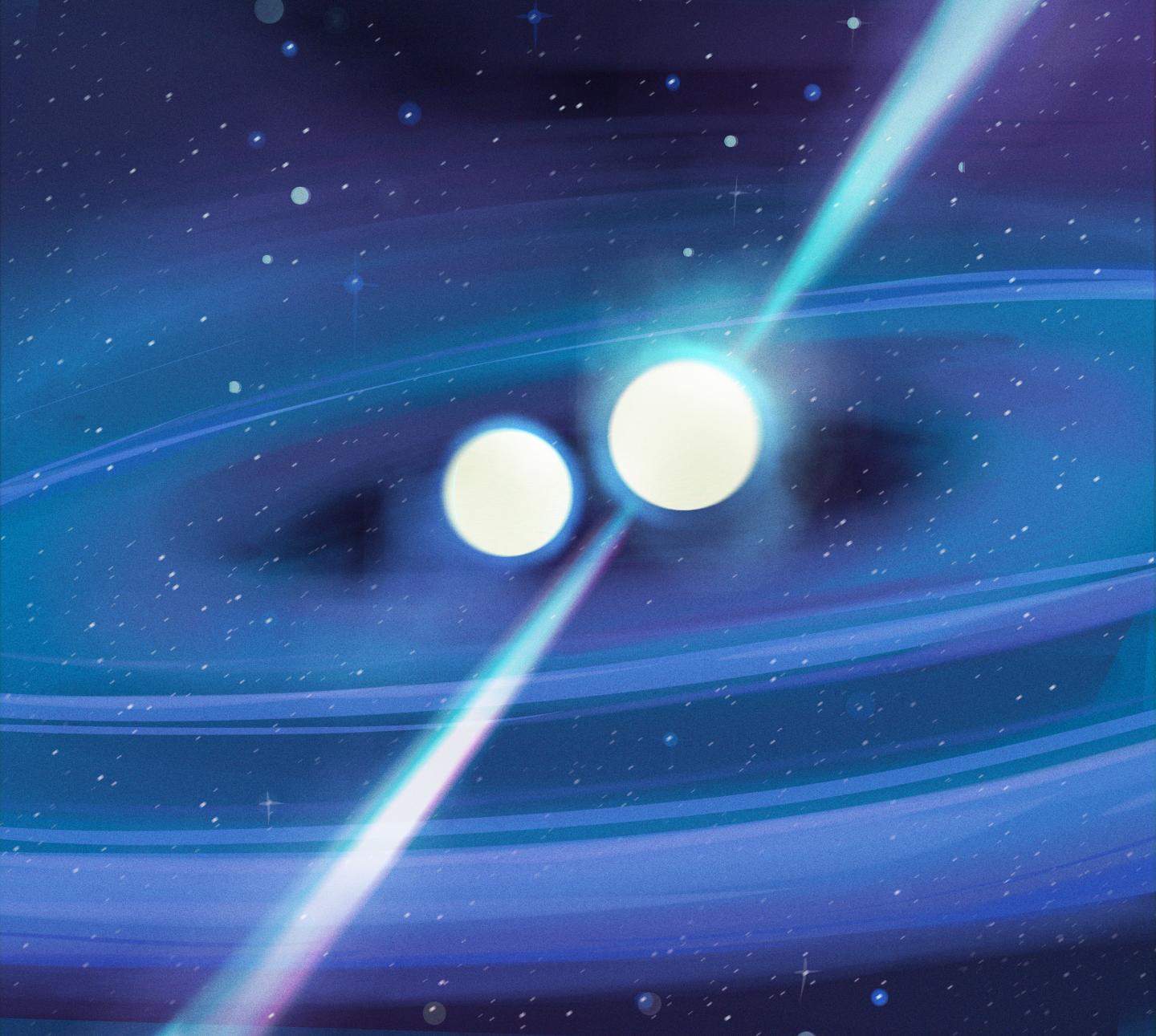
Pulsar discovery may solve mystery of strange neutron star crashes
By Charles Q. Choi published
A pulsar sheds light on a yearslong mystery from the first detected collision of neutron stars.
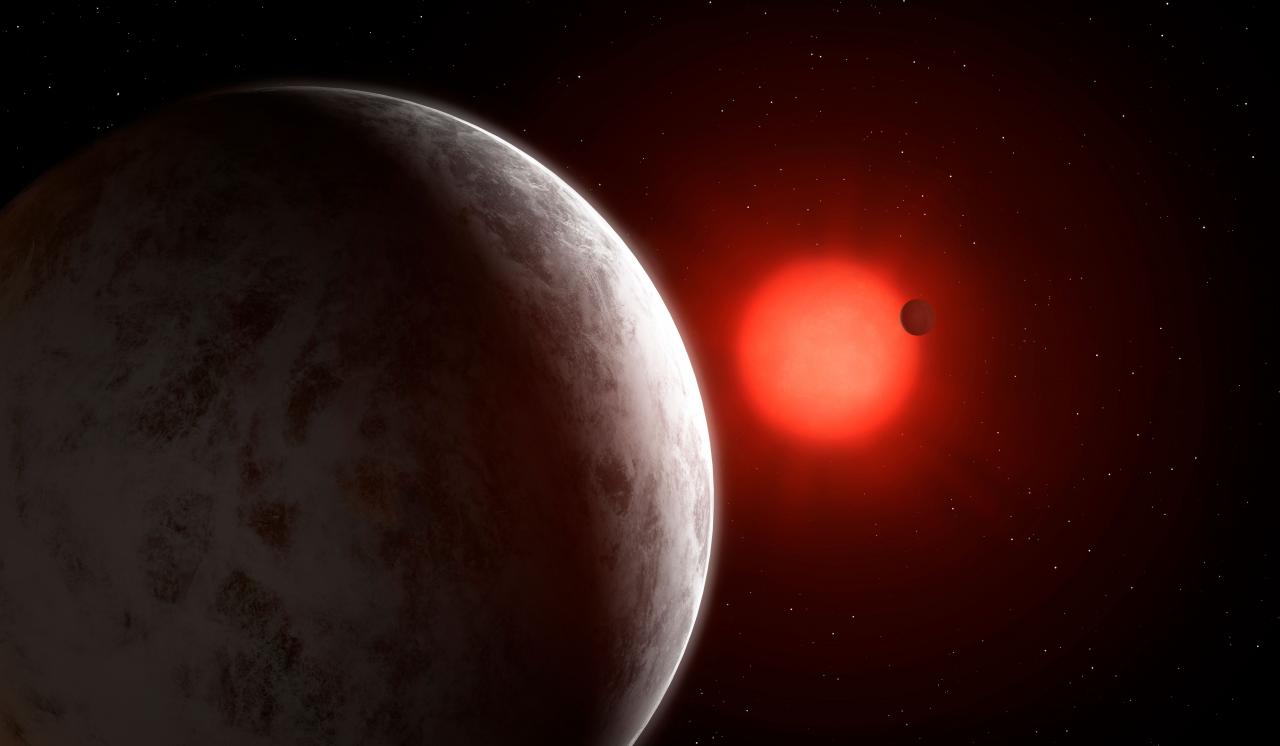
Newfound 'super-Earth' exoplanets bear clues about atmospheres of alien worlds
By Charles Q. Choi published
The brightest red dwarf star in the sky may be the best chance astronomers have yet to analyze the atmospheres of alien worlds — and perhaps detect whether those worlds have life, a new study finds.
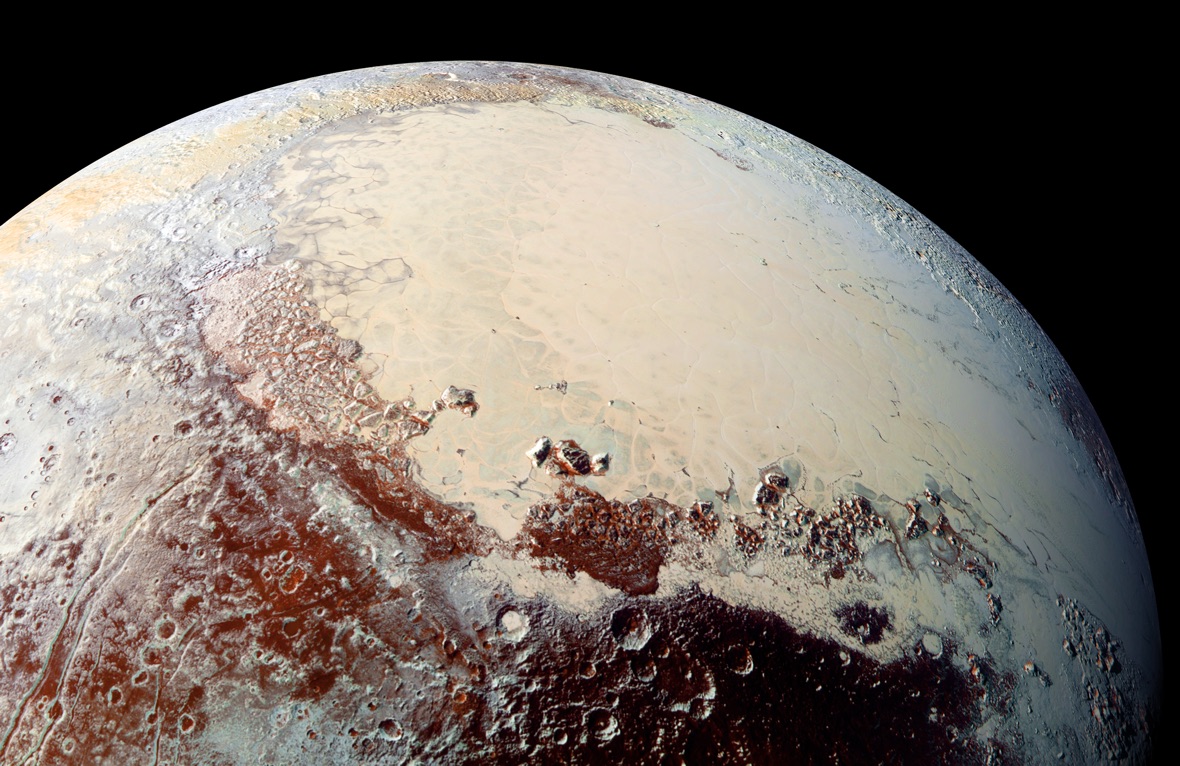
Surprise! Pluto may have had an underground ocean from the very beginning
By Charles Q. Choi published
Though Pluto is now famously frigid, it may have started off as a hot world that formed rapidly and violently, a new study finds.
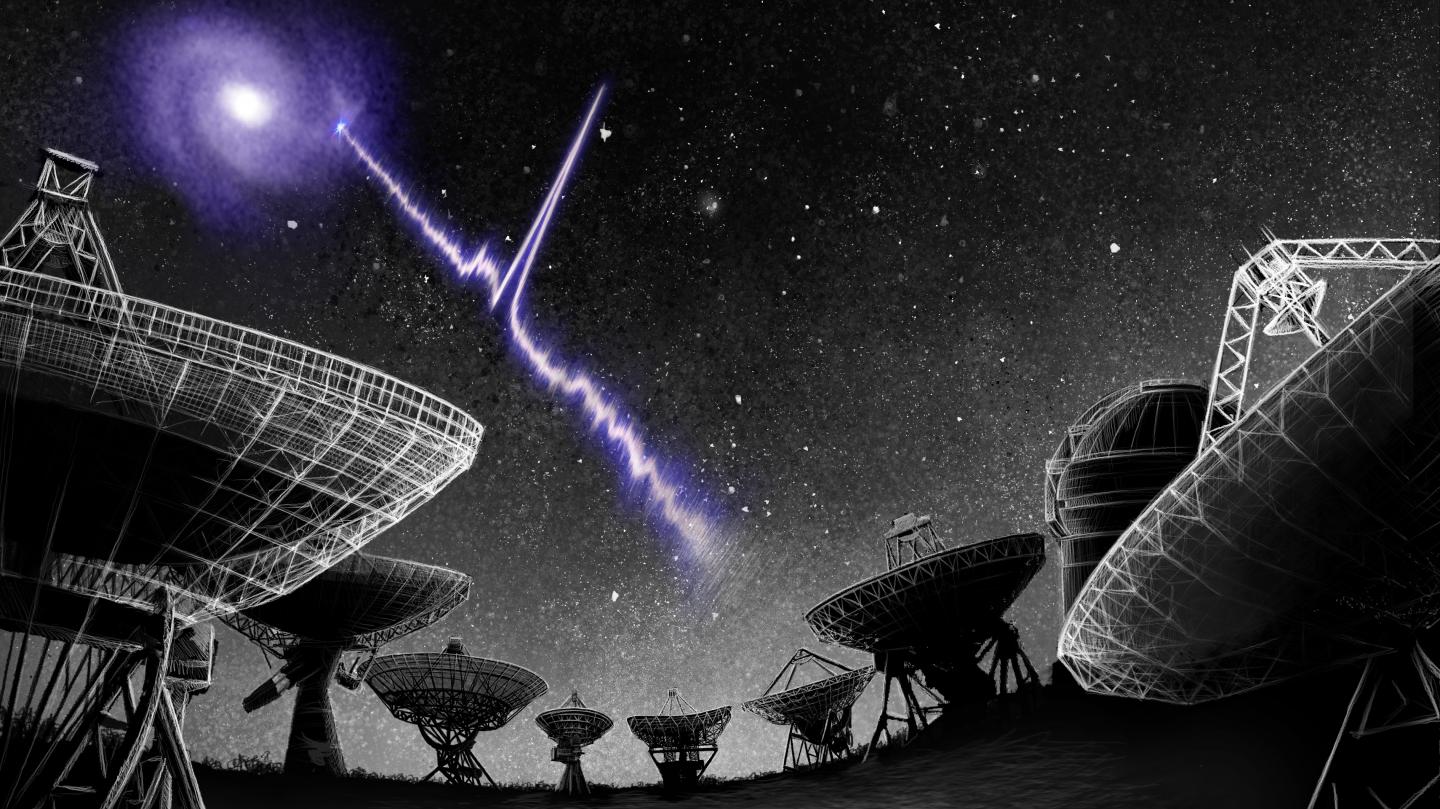
Mysterious 'fast radio bursts' fire rhythmically through the cosmos, study finds
By Charles Q. Choi published
Mysterious pulses of radio waves from deep space can fire in regular patterns, a discovery that might help shed light on the cause of these puzzling outbursts, a new study finds.
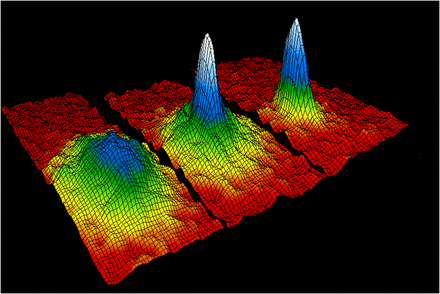
Scientists create exotic, fifth state of matter on space station to explore the quantum world
By Charles Q. Choi published
Scientists have generated an exotic form of matter in the unique microgravity environment aboard the International Space Station and are using it to explore the quantum world, a new study finds.
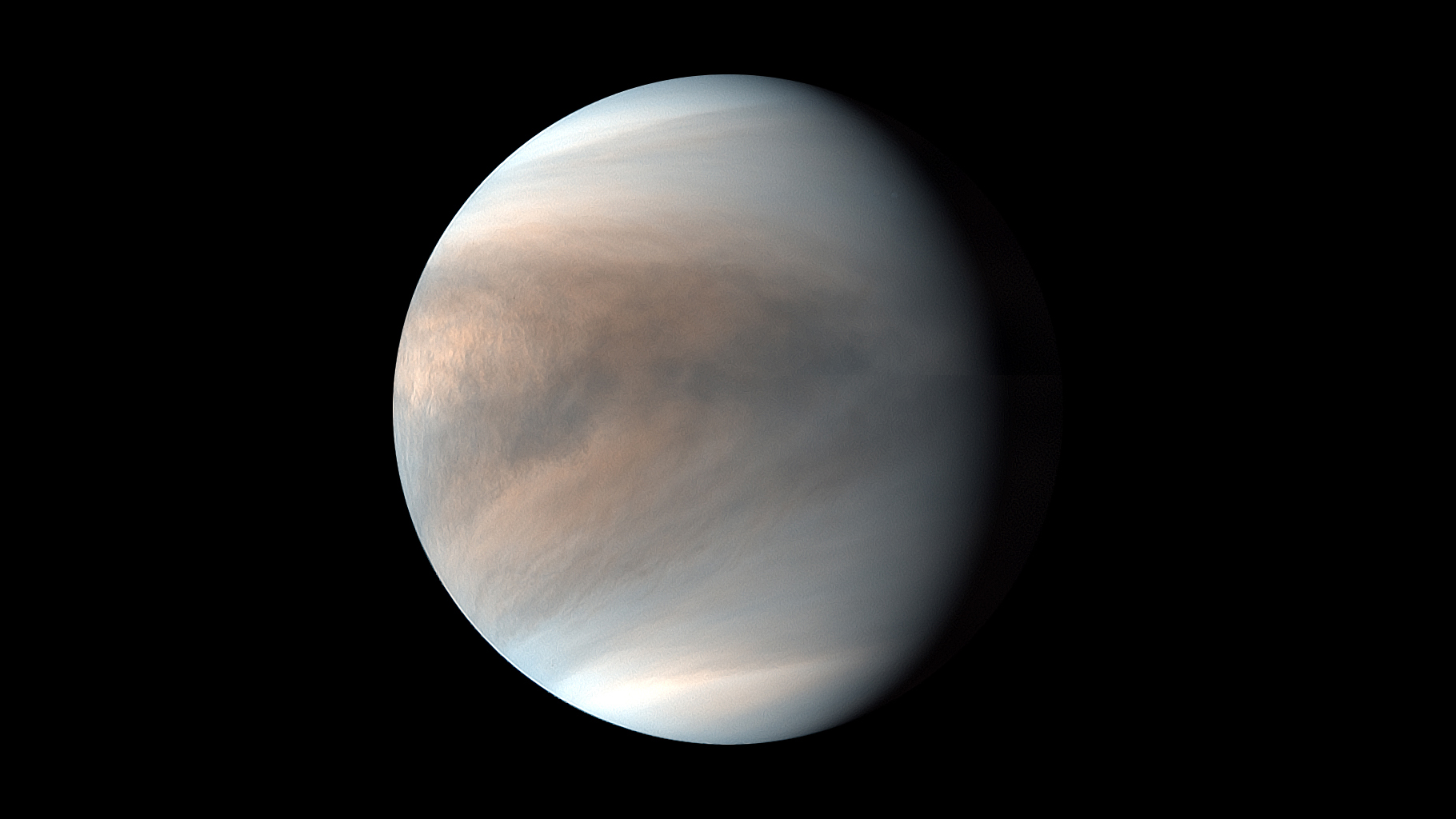
Mystery of Venus atmosphere's weird rotation may finally be solved
By Charles Q. Choi published
The mystery behind why the atmosphere of Venus spins much faster than the planet's surface may finally be solved, a new study finds.

Weird alien planet may be core of stripped-down gas giant
By Charles Q. Choi published
A distant world about 40 times more massive than Earth may be the remnant core of a giant planet, or a giant planet in the making whose growth stalled, a new study reports.
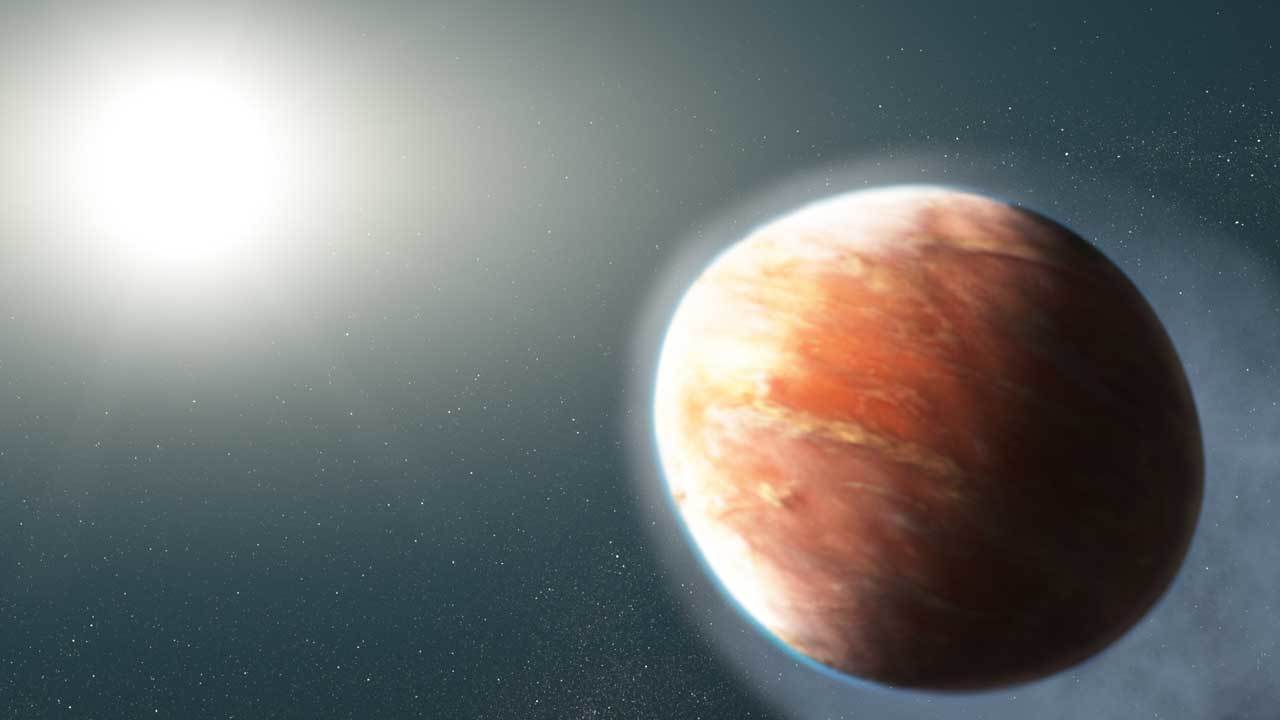
Heavy-metal alien planet may be shaped like a football
By Charles Q. Choi last updated
An exoplanet may be shaped like an American football due to the mighty gravitational forces it experiences close to its star, a new study finds.
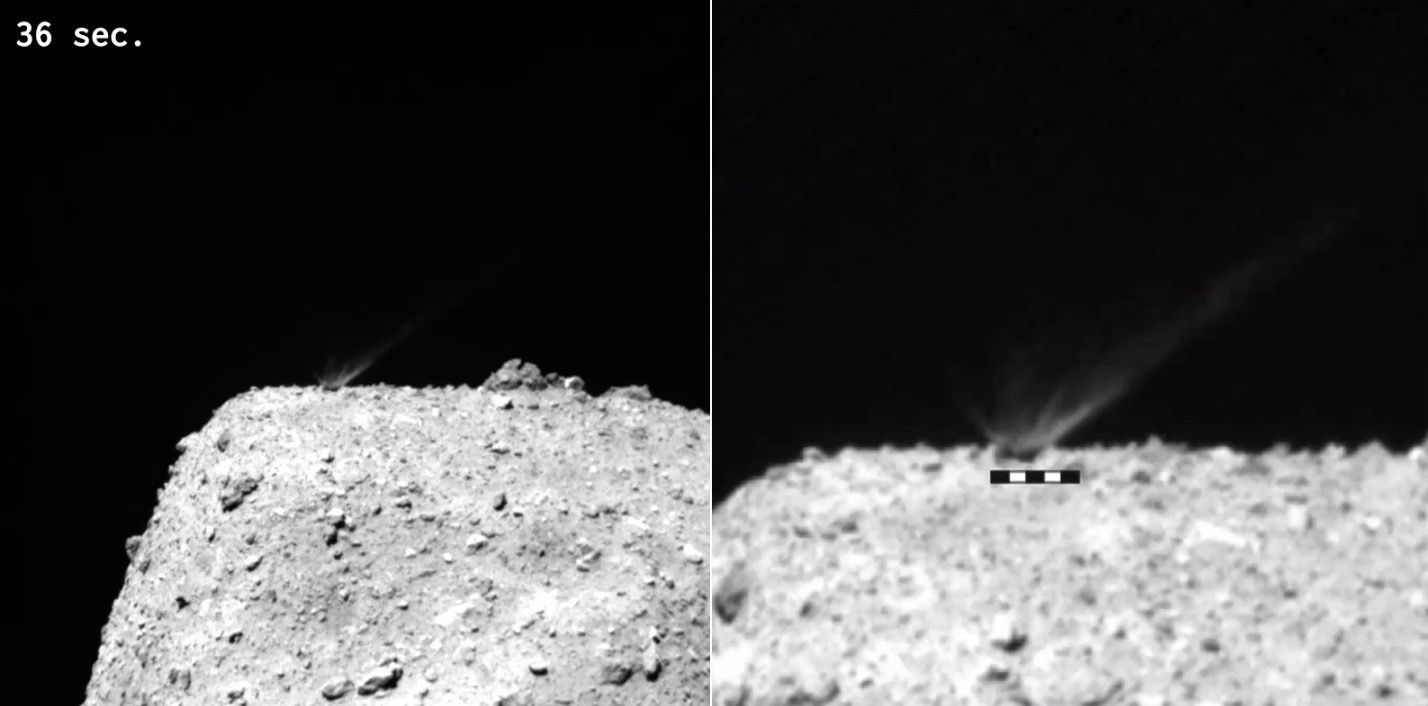
Japan's asteroid-smashing probe reveals a surprisingly young space rock
By Charles Q. Choi published
A cannonball that a Japanese spacecraft fired at an asteroid is shedding light on the most common type of asteroid in the solar system, a new study reports.
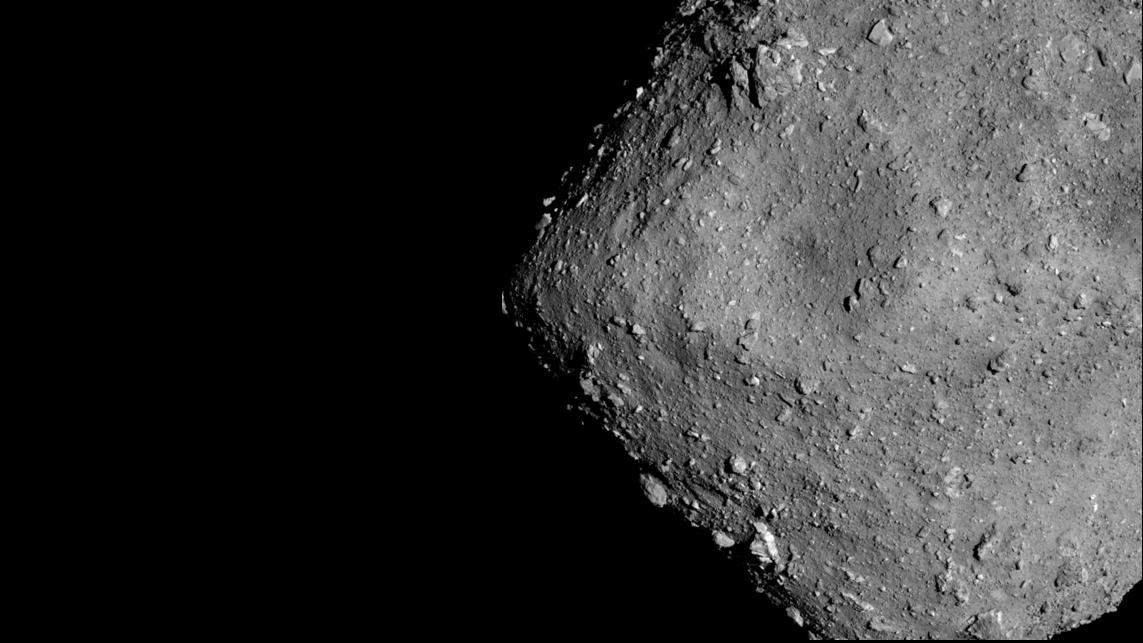
Rocky asteroid Ryugu got its rubble from a porous parent, study finds
By Charles Q. Choi published
The rocky object that spawned the asteroid Ryugu may have been extraordinarily porous, a new study finds.
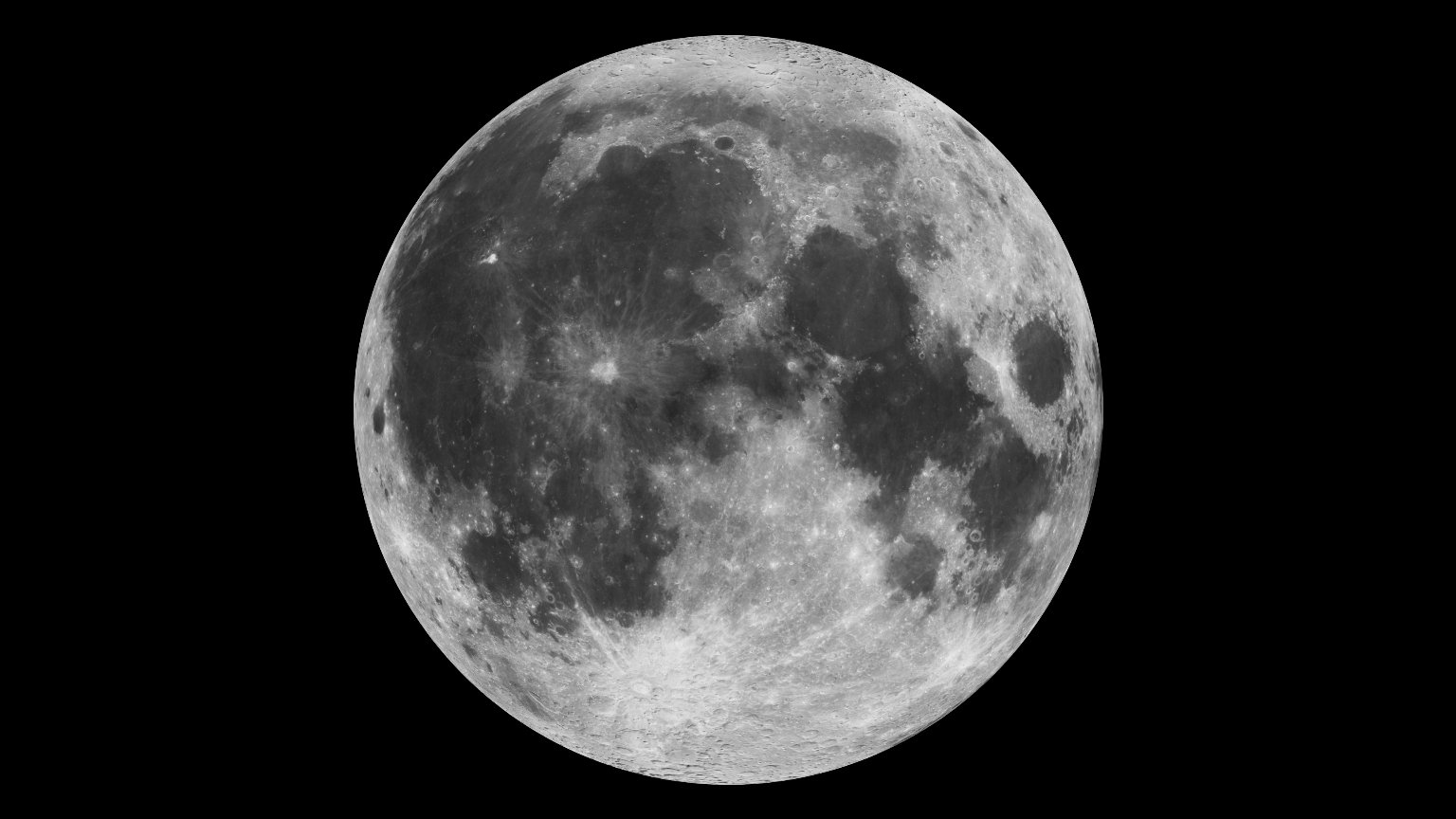
Surprise! Earth and the moon aren't made of exactly the same stuff.
By Charles Q. Choi published
The moon and Earth may be more different than long thought, challenging existing models for how the moon formed, a new study finds.
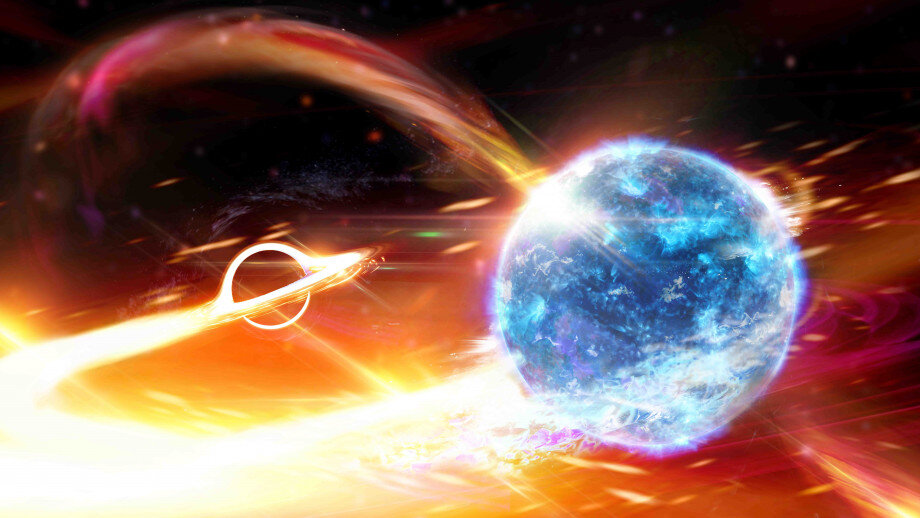
Black holes and neutron stars may collide unseen in dense star clusters
By Charles Q. Choi published
A collision between a black hole and a neutron star would unleash huge amounts of energy, but it might not generate any detectable light, a surprising new study finds.
Get the Space.com Newsletter
Breaking space news, the latest updates on rocket launches, skywatching events and more!
